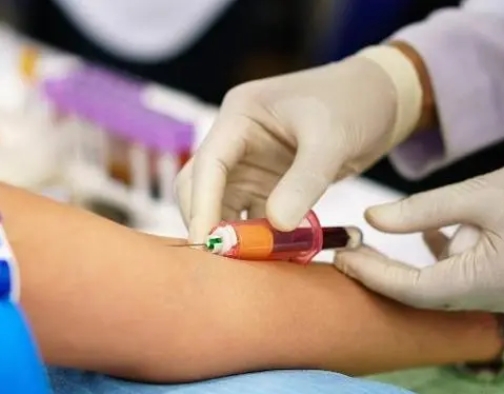
When it comes to collecting a blood culture sample, proper skin preparation is crucial for accurate and reliable results. The process of preparing the skin before the procedure helps minimize the risk of contamination and ensures that the collected sample accurately represents the presence or absence of pathogens in the bloodstream.
Understanding the Significance of Skin Preparation
Importance of Skin Sterility
Proper skin preparation plays a vital role in preventing contamination and reducing the risk of false-positive or false-negative results. Maintaining skin sterility helps minimize the introduction of external microorganisms into the blood culture sample.
Role in Preventing Infections
Effective skin preparation significantly reduces the chances of introducing pathogens into the bloodstream during the sampling process. This step acts as a crucial barrier against potential infections, protecting both the patient and the healthcare provider.
Enhancing Accuracy and Reliability of Results
Adequate skin preparation ensures that the collected blood culture sample accurately reflects the presence or absence of pathogens in the bloodstream, leading to more reliable diagnostic outcomes. Properly prepared skin minimizes the potential for contamination, thereby increasing the chances of identifying the causative microorganisms.
Gathering the Required Materials
Alcohol-Based Antiseptics
Alcohol-based antiseptics, such as 70% isopropyl alcohol, are commonly used for skin preparation before blood culture sampling. These antiseptics effectively kill a broad spectrum of microorganisms on the skin surface.
Sterile Gloves and Gauze
Wearing sterile gloves and using sterile gauze during the skin preparation process helps maintain aseptic conditions and prevents cross-contamination.
Skin Marking Pen
A skin marking pen is used to label the site of skin puncture, ensuring accuracy during the blood culture sampling procedure.
Step-by-Step Guide to Skin Preparation
Hand Hygiene
Before starting the skin preparation, it is crucial to perform proper hand hygiene using soap and water or an alcohol-based hand sanitizer. This step reduces the risk of introducing harmful microorganisms to the skin.
Selecting the Preparation Site
Choosing the appropriate site for blood culture sampling is essential. The most common sites include the antecubital fossa (inner elbow) and the back of the hand. The chosen site should be free from visible contamination, lesions, or areas with excessive hair.
Cleaning the Skin Surface
Using an alcohol-based antiseptic, cleanse the chosen site in a circular motion starting from the center and moving outward. Ensure the entire area is thoroughly cleaned. Allow the antiseptic to dry completely before proceeding.
Optimizing Skin Preparation Techniques
Duration of Antiseptic Application
To achieve optimal skin sterilization, the antiseptic should be applied for at least 30 seconds. This duration allows sufficient contact time to eliminate a wide range of microorganisms effectively.
To maintain sterility, it is essential to use single-use applicators, such as sterile gauze or swabs, when applying the antiseptic solution. Avoid reusing applicators to prevent cross-contamination.
Avoiding Contamination
During the skin preparation process, it is crucial to avoid touching the prepared site with non-sterile objects or gloved hands. This precaution helps prevent the introduction of microorganisms and maintains the integrity of the prepared area.

















